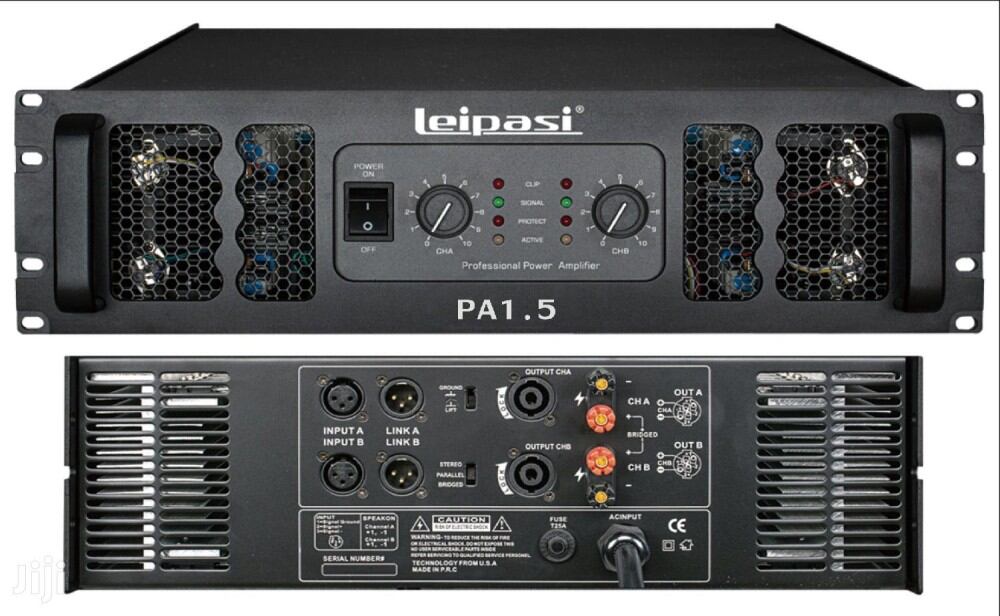We learn about the basics of an amplifier in our previous article and know that almost all the electronic devices have at least one amplifier in their system. The number and size of amplifiers depends on the capacity and size of the device for application. However, all these amplifiers are not of the same type. There are different types of amplifier systems used according to the application.
For the classification process, amplifiers are classified on the basis of two main factors – on the basis of functions and on the basis of frequency response. Amplifiers are generally classified under the function category into voltage or power amplifiers. Some amplifier are also classified on the basis of frequency response.
Voltage and Power Amplifiers
Current Control Devices
All the amplifiers work on one basic principle, which is to control the current flowing. Thus amplifiers are also known as current control devices. Current control devices mean that the input current to the amplifier controls the output signal. The two main types of functional category amplifiers are voltage and power amplifiers. Let’s take a look as to how do they differ from each other.
A voltage amplifier amplifies the voltage of the input signal, thus making the output signal voltage of the amplifier higher than the input signal. Whereas, power amplifier as the name suggests, amplifies the power of the input signal. In this amplifier the power of the output signal is higher than the input signal. In devices that use several amplifiers, a power amplifier is always used as the final amplifier, which controls the output devices such as speaker or the heads of a tape recorder. Moreover, power amplifiers are also used in devices that require too many stages for amplification.
The figure shows the input and output signals for a power and voltage amplifier. It describes how the signal is amplified using an amplifier and what differences can be seen in the signal. The classification between the power and voltage amplifiers is done by comparing the input and output characteristics of the signal.

Frequency Response Classification
On contrary to power amplifiers, frequency response amplifier amplifies a band or range of frequencies of the current. The frequency in an amplifier keeps on changing and it is very important that this frequency is controlled. Moreover, the capacitors and inductors also change their reactance as frequency changes and thus it is important to control the frequency. The frequency response amplifiers can be divided into three main categories – audio, radio frequency and Video Amplifier.
All the frequency response amplifiers are divided on the basis of the range of frequency that they amplify. For e.g. an audio amplifier amplifies frequencies in the range of 15 Hz – 20 KHz. Also, all the amplifiers that amplify frequency in between this range are by default known as audio amplifier. In the same way, the Radio Frequency amplifier or RF amplifier, amplifies frequencies in between kHz to 100,000 MHz. High level amplification is not a one stage process but requires a number of stages to reach the right frequency.
A Video amplifier amplifies frequencies in the range of 10 Hz to 6 MHz. These long range video amplifiers are often termed as wide band amplifiers. However, all these amplifiers require many additional components to enable such wide band of frequency amplification.


